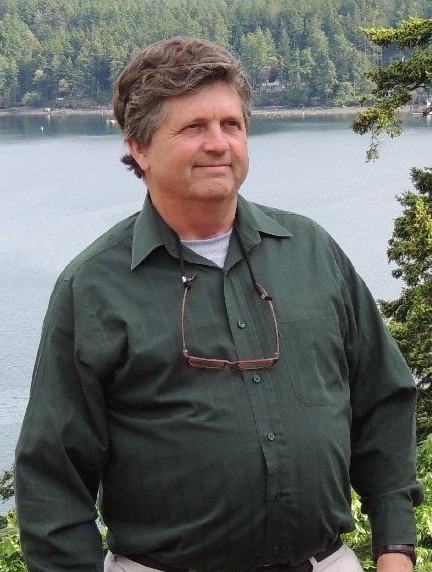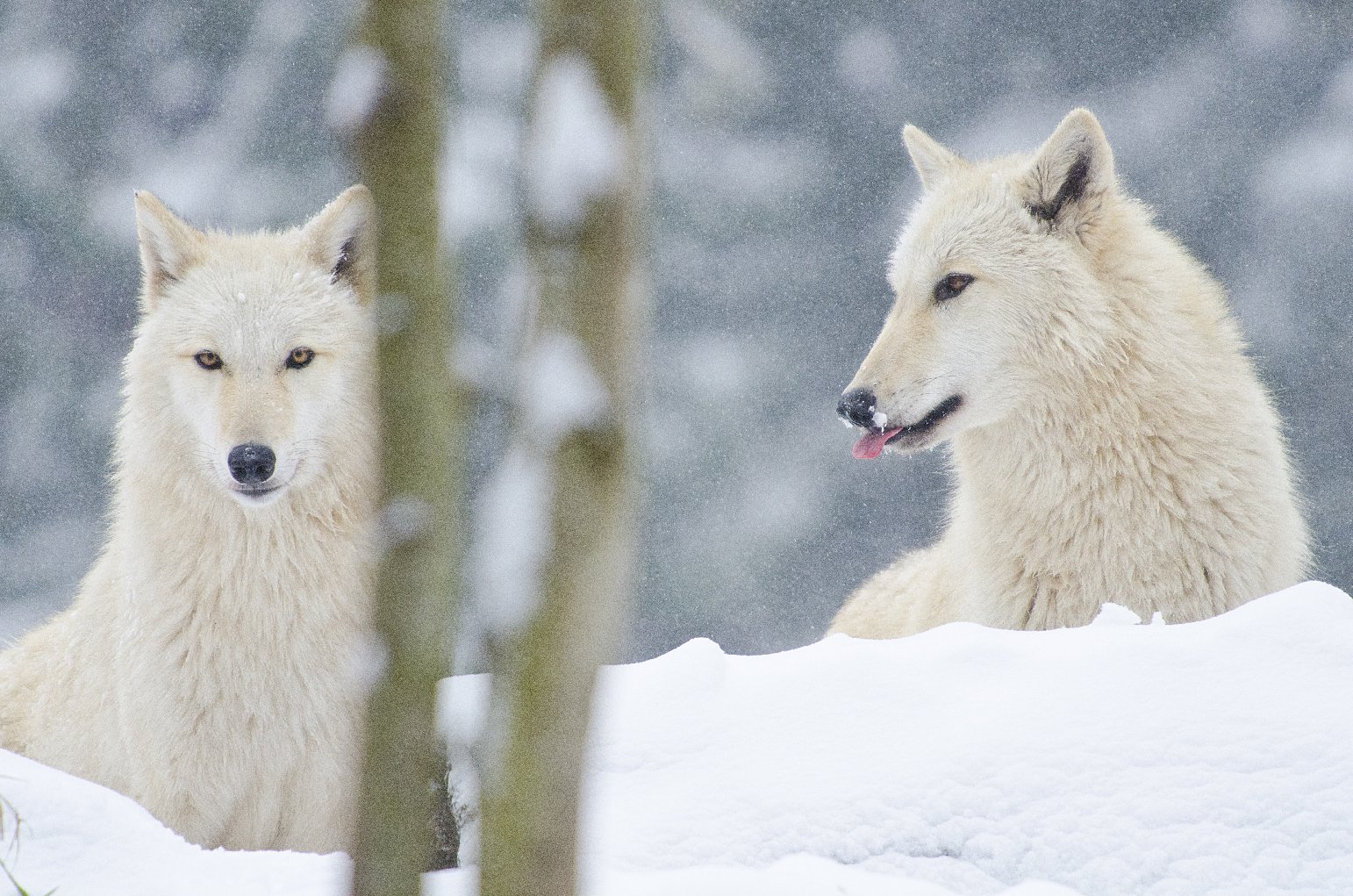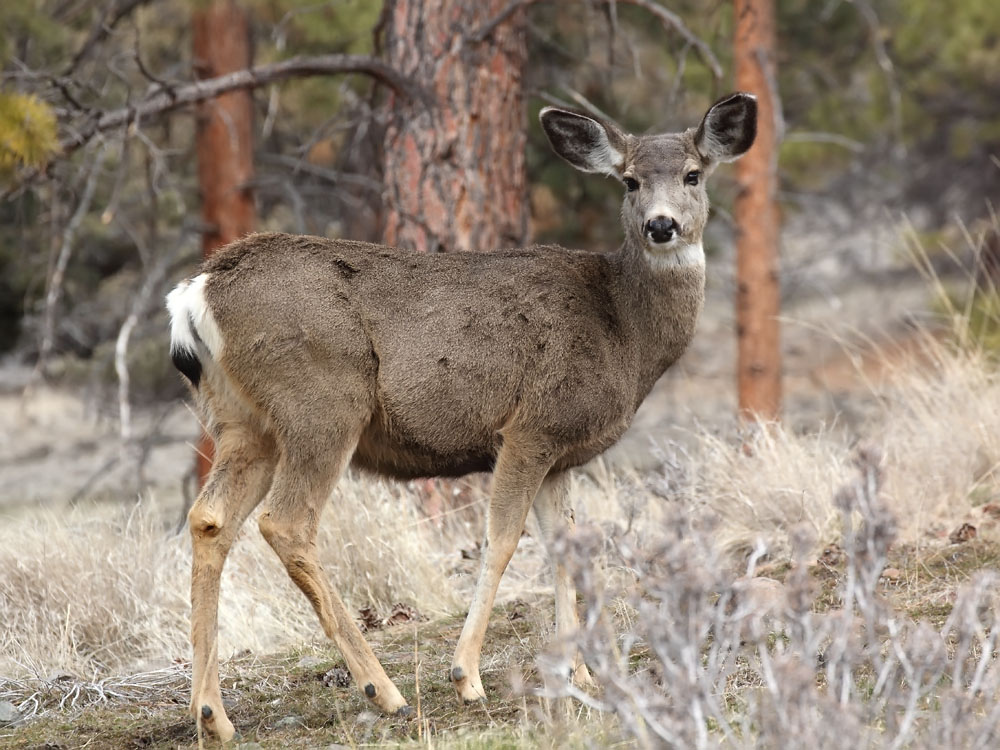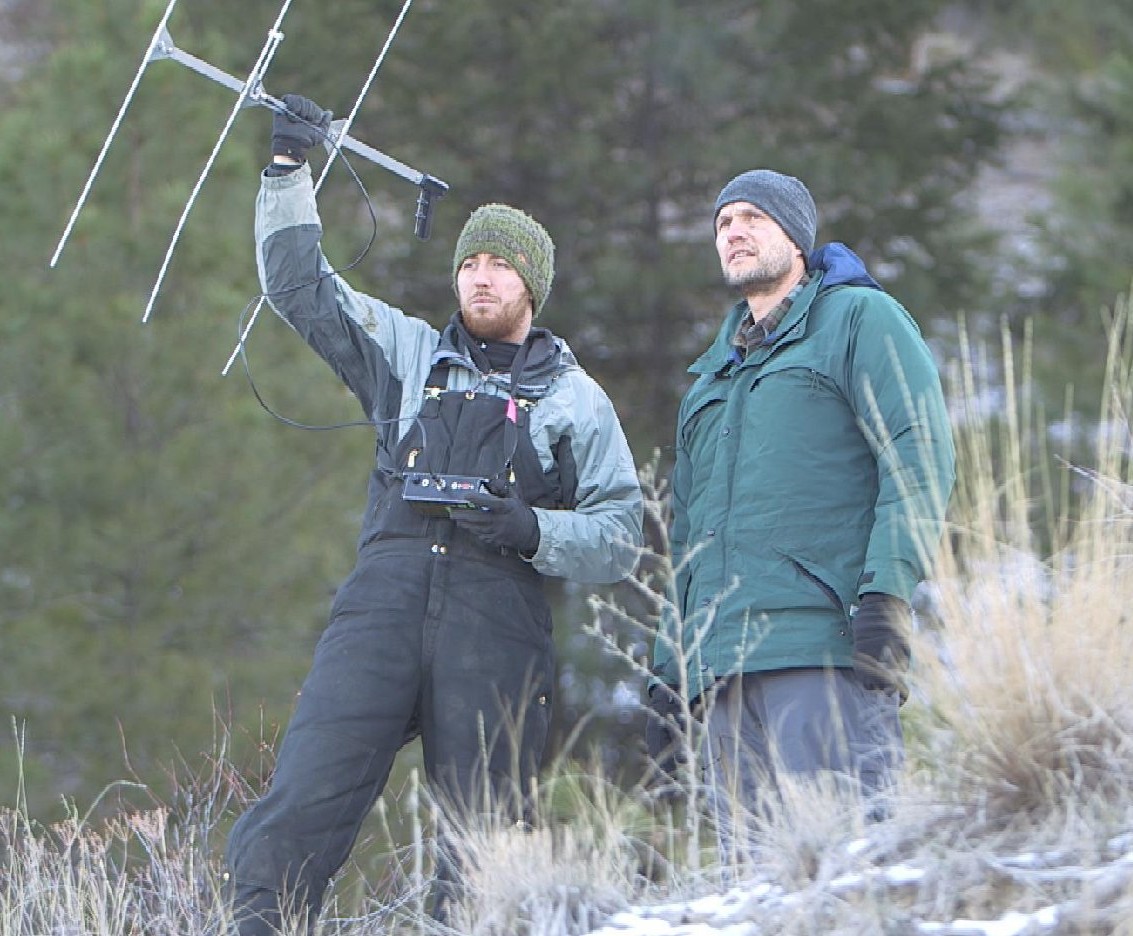Does “the big bad wolf” play an important role in the modern-day food web? In this video we journey to Washington State’s Cascade Mountains, where the return of wolves could have a profound impact on a vast wilderness area. We meet up with biologist Aaron Wirsing to explore why wolves and other top predators are needed for diverse ecosystems to flourish. Using a simple video camera (a “deer-cam”) Wirsing is gaining a unique perspective on predator/prey relationships and changing the way we think about wolves.
Wolves in the Crosshairs: Q&A with conservationist, Fred Koontz

Gray wolves are in the crosshairs of a heated conservation debate, with the federal government trying to strip all protections for them in the continental U.S. Dr. Fred Koontz, vice president of field conservation at Woodland Park Zoo, Seattle, has worked in conservation for three decades and has studied the wolf issue. We talked with Dr. Koontz about the future of wolves in the U.S. and the role they play in maintaining healthy ecosystems.
Wolves may be the most polarizing animal in North America, more so than other large carnivores like cougars or grizzly bears. Why?
The gray wolf is one of the world's most adaptable and widely distributed mammals, ranging over much of Asia, Europe, and North America. Wolves, the size of a German shepherd, are pack-hunting predators that sometimes kill livestock. Combined with wolves’ nocturnal behavior and haunting howling, this has resulted in a long history of conflict with people, especially as human numbers have increased exponentially in recent centuries and agricultural lands expanded into wolf habitat. There are, however, very few documented cases of wolves attacking people, but the rare times it’s happened it’s been sensationalized and blown out of proportion.
How have your perceptions or understanding of wolves changed over the years?
At an early age, my mother read with much theatrical expression “Little Red Riding Hood,” which, like many children, left me fearing the “big bad wolf.” This negative image was reinforced with similar wolf-themed horror movies that I ashamedly spent far too much time watching in my youth. Only when I studied ecology and animal behavior in college and as a wildlife professional did I see a different image of the wolf. Wolves are important regulators of prey numbers and behavior, and as such, influence a web of ecological interactions that enrich biological diversity. I learned also that among many adaptive traits enabling their evolutionary success, wolves have a rich social life and extraordinary set of communication behaviors. The more I learned, the more fascinated I became in understanding how wolves and people might live together for their mutual benefit.
Gray wolves have been taken off the federal endangered species list in some states, such as Idaho, Wyoming, and Montana. And a recent federal proposal would strip all gray wolves in the continental U.S. of their federal protection. How did this come to be? What kind of politics are at play?

Under the Endangered Species Act, the U.S. Fish and Wildlife Service (USFWS) in 1974 first listed gray wolves as endangered in the lower 48 states. Now they propose to remove them from the ESA list. This idea follows from three decades of actions undertaken by federal, state, and local partners that resulted in population recovery and delisting in 2011 of wolves living in the western Great Lakes states and northern Rockies. With about 6,000 wolves residing in these two recovery areas, USFWS believes that the gray wolf population in general is well established and stable enough to warrant delisting. Many state wildlife officials welcome the move as they are eager to take back the management authority for animals within their political borders.

